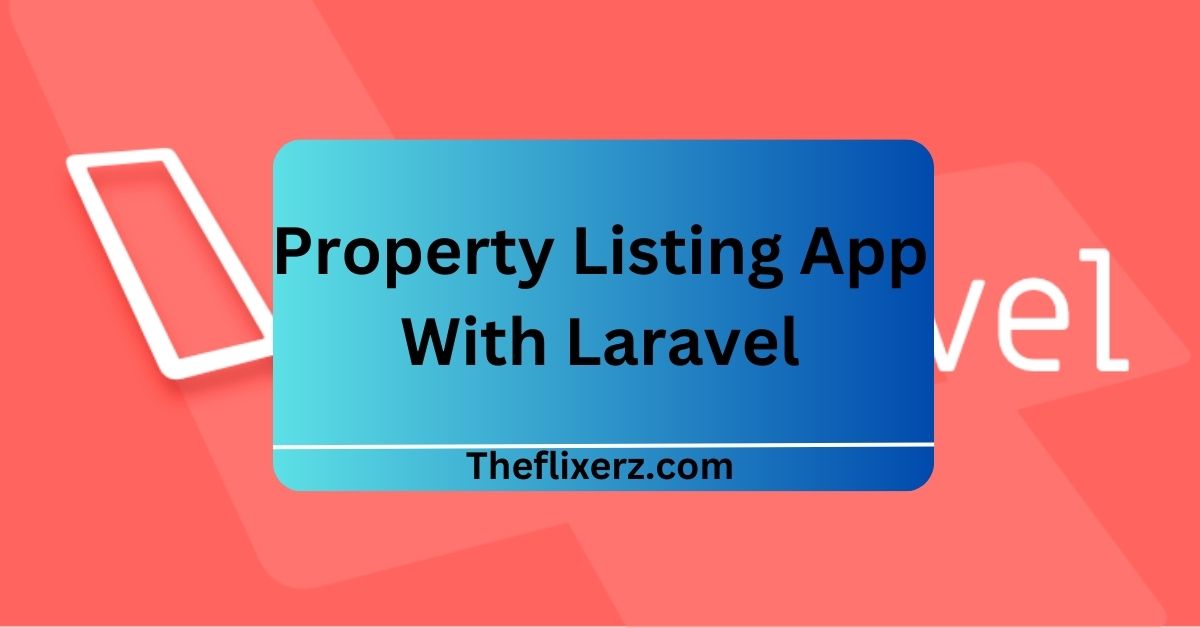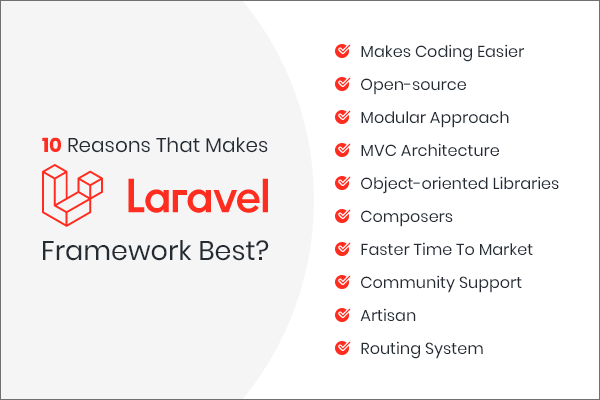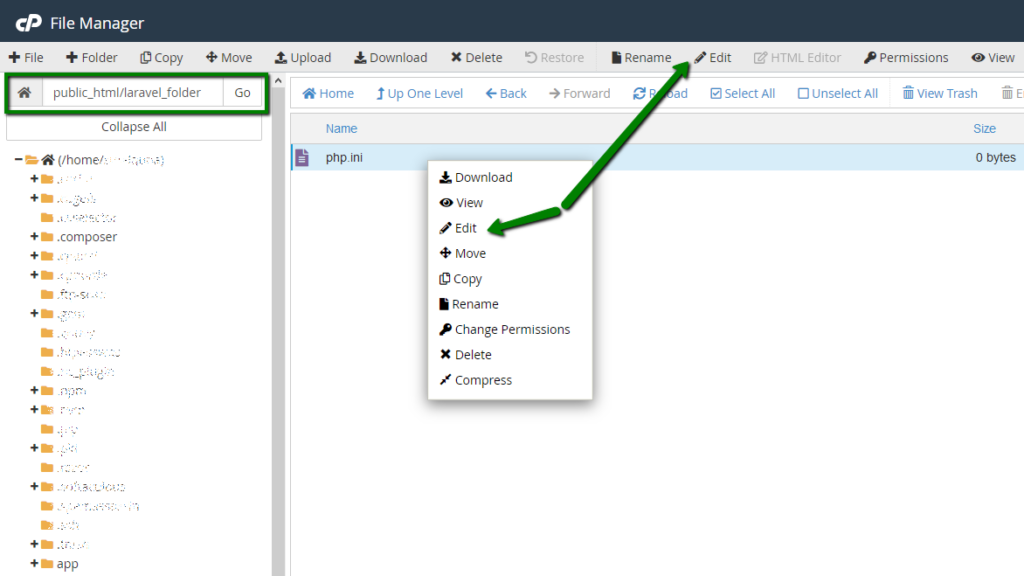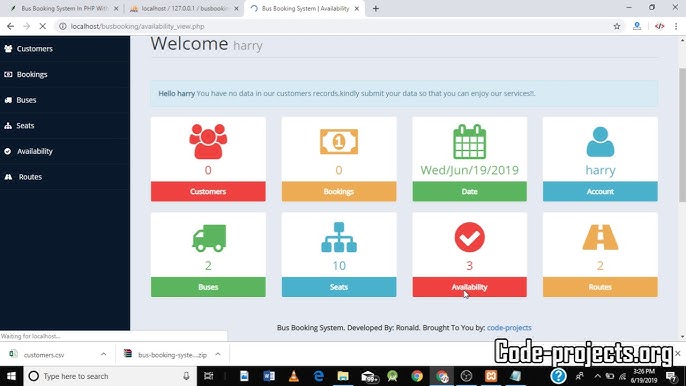
Property Listing App Laravell – A Simple Guide!
If you’ve ever wanted to create your own property listing app, Laravel is here to help.
Laravel is a popular PHP web framework that is loved for its efficiency, security, and user-friendliness. It’s great for building modern, high-performance websites and web apps.
Laravel is your Key to a High-Performing Property Listing Platform. Harness the power of Laravel’s speed, scalability, and security to create an SEO-friendly, user-focused, and responsive.
Table of Contents:
Planning Your Property Listing App – You Should Know!
Before diving into the development of your Property Listing App, it’s crucial to lay a solid foundation. This section outlines the initial steps involved in planning your app.
1. Why Choose Laravel for Your Property Listing App?
Laravel stands out as the ideal framework for developing your Property Listing App. With its robust capabilities, scalability, and user-friendly nature, Laravel simplifies the development process and ensures a seamless and efficient experience for developers and users.

2. Implementing Property Listings:
This section guides you through the process of creating property listings for your app. You’ll learn how to design user-friendly property listing views and fetch and display property data effectively, making it easy for users to explore available properties.
Getting Started with Laravel – Let’s Discover!
1. Setting Up Your Environment:
Before we dive into the world of Laravel, you’ll need to set up your development environment. Think of it like getting your workspace ready. You’ll need PHP, Laravel, and a web server (like Apache or Nginx). Also, remember to install a database server, such as MySQL or PostgreSQL, to store your property data.
Read Also: $aoe300x – Explore This Cryptocurrency In 2023!
2. Creating Your Laravel Project:
Now, let’s create a new Laravel project. Open your terminal and run this command:
composer create-project –prefer-dist laravel/laravel property-listing-app
This command sets up a fresh Laravel project named “property-listing-app.”
Steps for Building Your App – Take them!
1. Database Configuration:
To store property information, you need a database. In your project folder, find the .env file and configure your database connection settings there.

2. Models and Migrations:
In the Laravel world, models are like the blueprint for your data. Let’s create a model for properties and set up the database table. Run this command:
php artisan make:model Property -m
This command generates a model file for properties and a migration file. The migration file defines the structure of your properties table. To create the table, run:
php artisan migrate
3. Controllers:
Next, you need controllers to handle the logic of your app. Create a controller for properties using this command:
php artisan make:controller PropertyController
Controllers are like traffic cops for your app. They guide the flow of data and actions.
4. Routes:
Now, let’s set up routes to define how your app responds to different web requests. Open the routes/web.php file and specify the routes for listing, creating, updating, and deleting properties.

5. Views:
Views are what users see. In Laravel, we use Blade templates to create views. Design your views for listing properties, showing property details, and creating or editing properties. Make them look pleasing and user-friendly.
6. Property Details Page:
This section explains how to design and present property details to users. It covers the creation of views for individual property listings, enabling users to access in-depth information about each property making the user experience more informative and engaging.
Read Also: Gemidinho De 72 Pequenas Lo – Ultimate Guide For Beginner!
Making Your App Functional:
- User Property Management (Optional): In this section, we explore how to enable users to add and manage their properties within the app. It’s all about giving users control and flexibility in listing and maintaining their real estate assets.
- User Authentication (Optional): If you want users to have accounts and post properties, you can use Laravel’s built-in authentication system. It’s like setting up a security checkpoint for your app.
- Implement Property Listing: In the PropertyController, you’ll write code to list, create, update, and delete properties. This is where the magic happens! Laravel’s Eloquent ORM helps you work with the database effortlessly.
- Search and Filters (Optional): Want to give users the power to search for properties? You can add search and filter functionality to make it easier for them to find what they’re looking for.
- Image Upload (Optional): To make your app even more attractive, add image upload functionality for users to showcase their properties. Images speak louder than words!
- Styling and JavaScript (Optional): You can use CSS and JavaScript frameworks like Bootstrap or Vue.js to make your app visually appealing and interactive. Think of it as dressing up your app for a party.
- Testing and Deployment: Remember to test your app thoroughly to ensure everything works as expected. Once you’re satisfied, deploy your Laravel application to a web server. Follow best practices to keep it secure and performant.
- Deploying Your Laravel App: This section covers the process of taking your completed Laravel-based Property Listing App and making it accessible to the world. You’ll learn how to deploy your app on a web server and make it available for users to access online.

FAQs:
1. What is a property listing app, and why should I consider using Laravel to build one?
A property listing app is a digital platform that allows users to browse, search, and list real estate properties. Laravel is an excellent choice for building such apps due to its robust features, scalability, and developer-friendly environment.
2. Do I need advanced programming skills to create a property listing app with Laravel?
While some familiarity with web development is beneficial, Laravel’s user-friendly and well-documented framework makes it accessible to developers of varying skill levels. You can start with basic knowledge and gradually learn more as you go.
3. Is it necessary to implement user authentication in a property listing app?
User authentication is not always mandatory, but it greatly enhances the user experience and enables features like user accounts, property management, and personalized search options. It’s recommended for a more comprehensive app.
4. How can I ensure the security of user data and property information in my Laravel-based property listing app?
Laravel provides built-in security features such as CSRF protection, data encryption, and user authentication. It’s also important to follow best practices for securing your server, database, and application code.
5. Can I extend my property listing app with additional features in the future?
Yes, you can easily extend your app by adding new features, improving the user interface, or integrating third-party services. Laravel’s flexibility allows future enhancements to meet changing needs and user feedback.
Conclusion:
A property listing app in Laravel is a web application that allows users to browse, search, and list real estate properties using the Laravel PHP framework for development.
Building a property listing app with Laravel is an exciting journey. Remember that it’s a complex task; this guide provides a simplified overview. As you gain more experience, you can explore additional features and improvements. Always strive for continuous improvement, and your property listing app will shine!
You May Also Like

Claudia Heffner Peltz – A Journey Through Fame, Family, And Fortune!
December 26, 2023
Joe Burrow’s House – Let’s Explore In 2023!
December 19, 2023